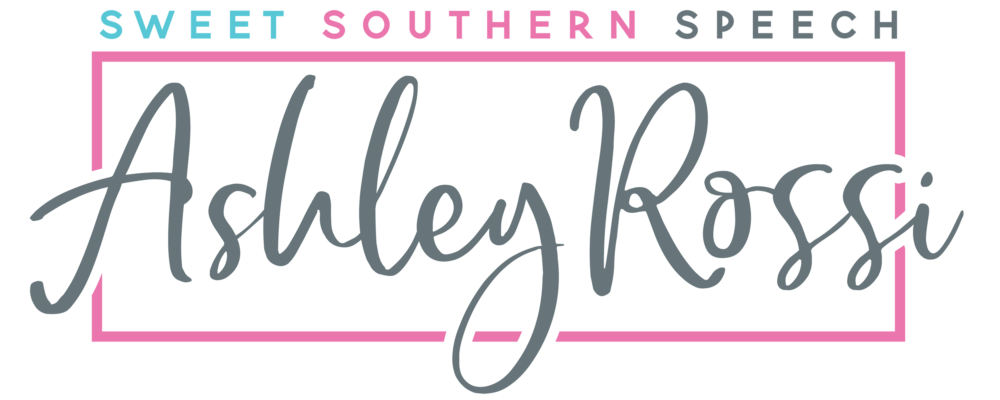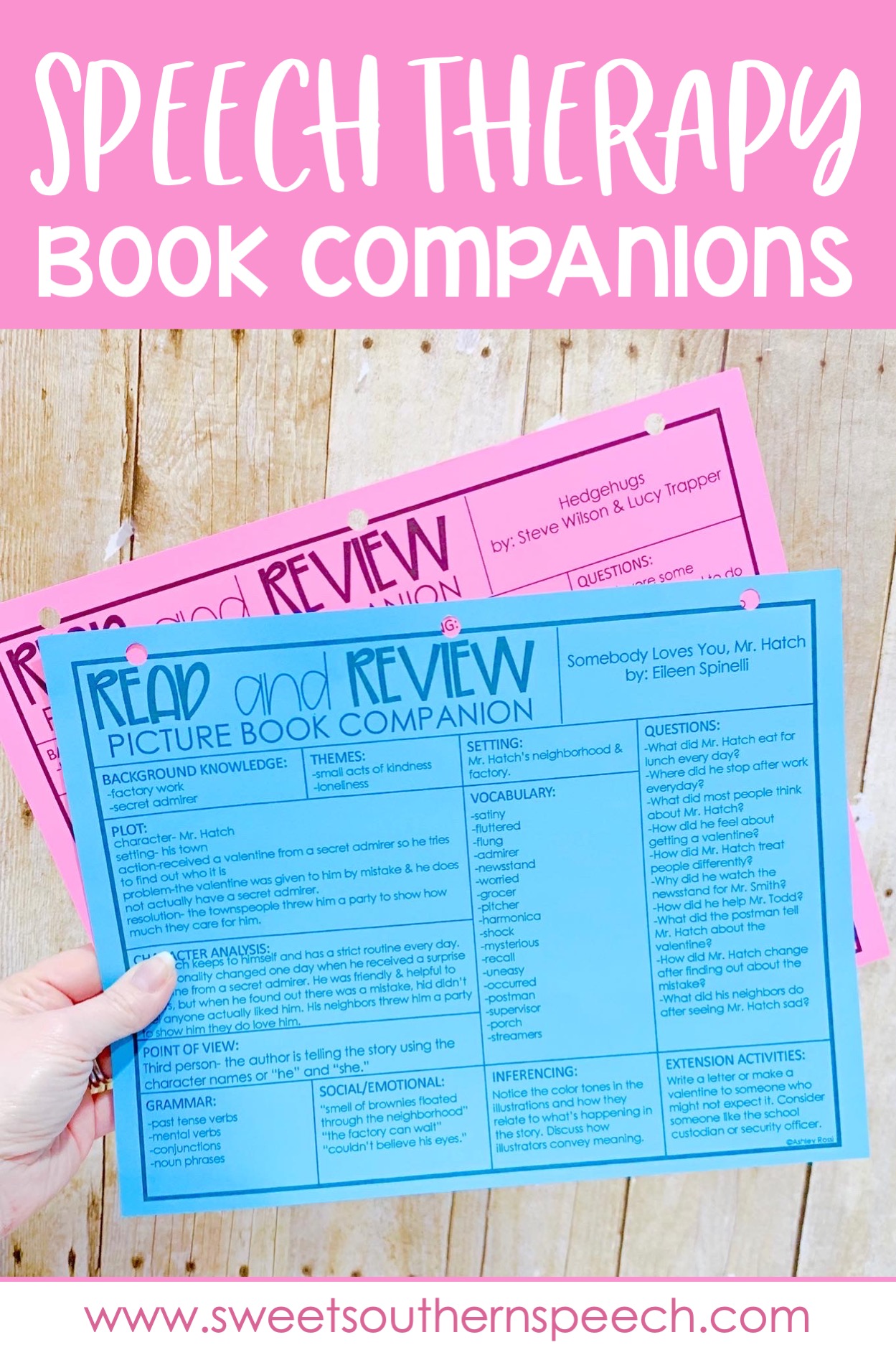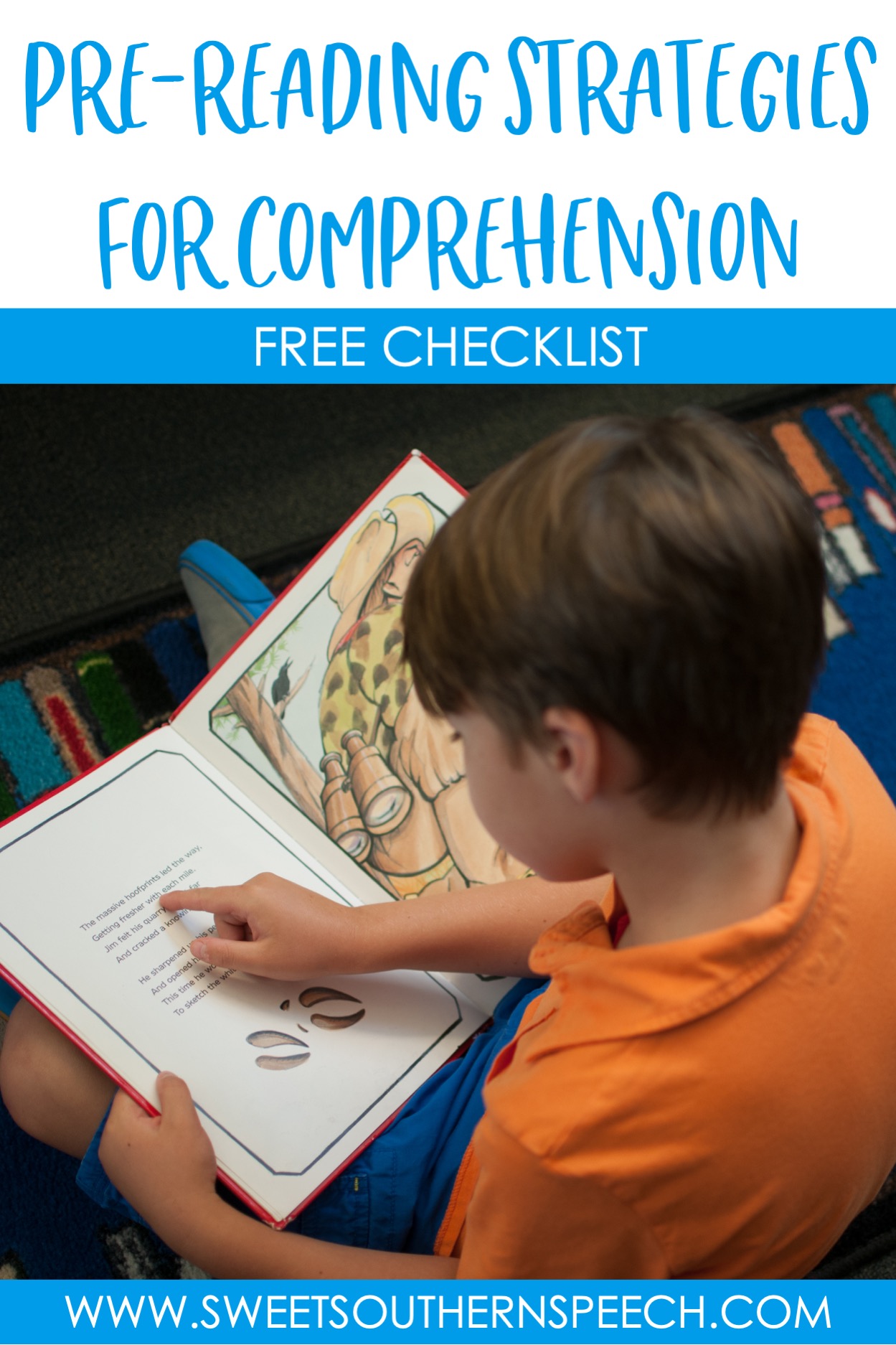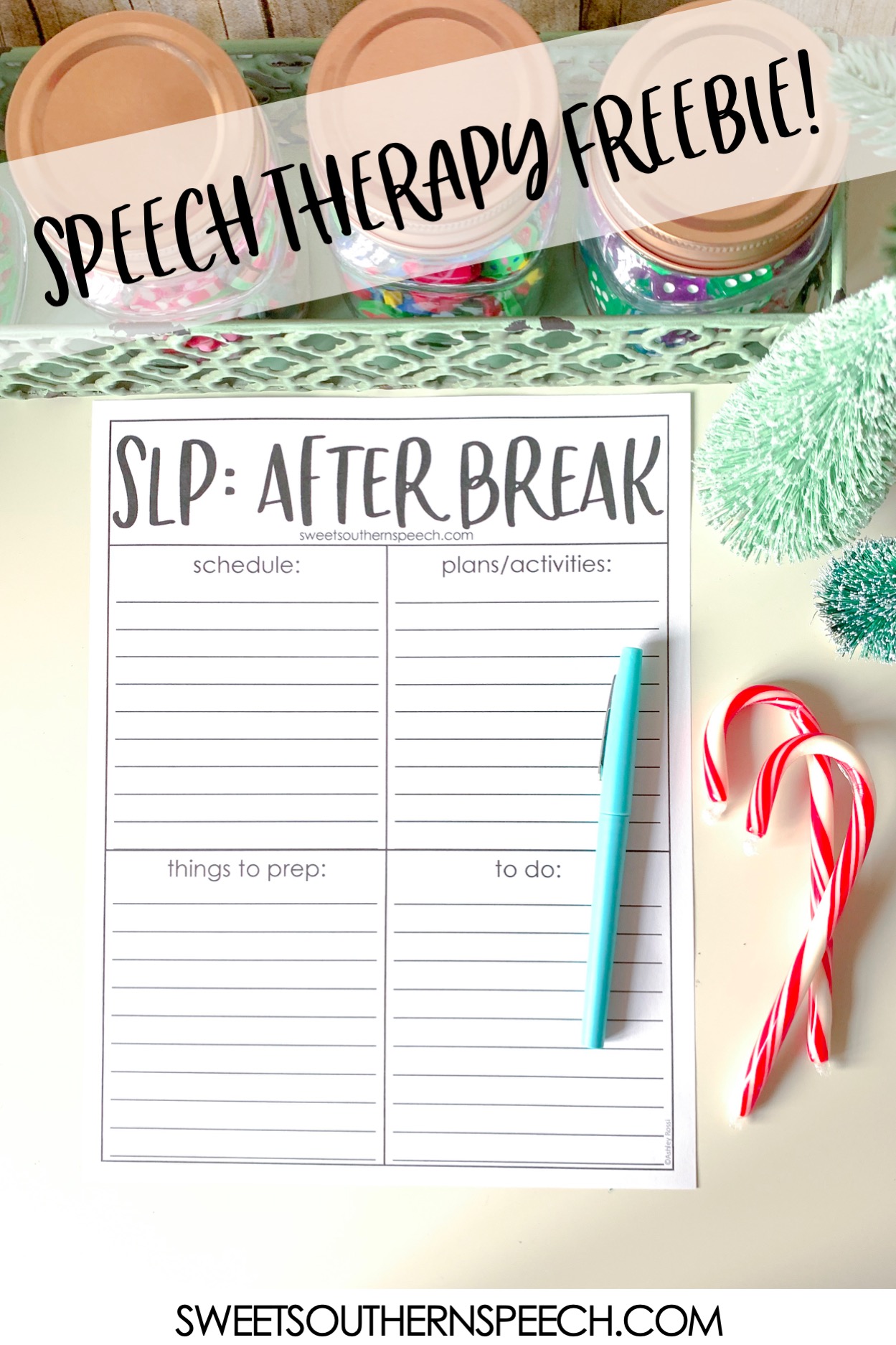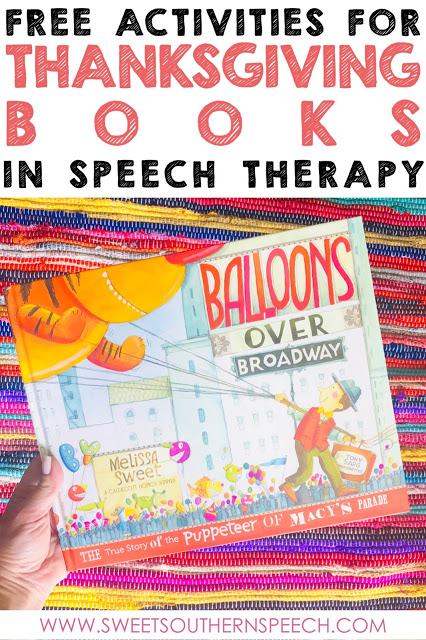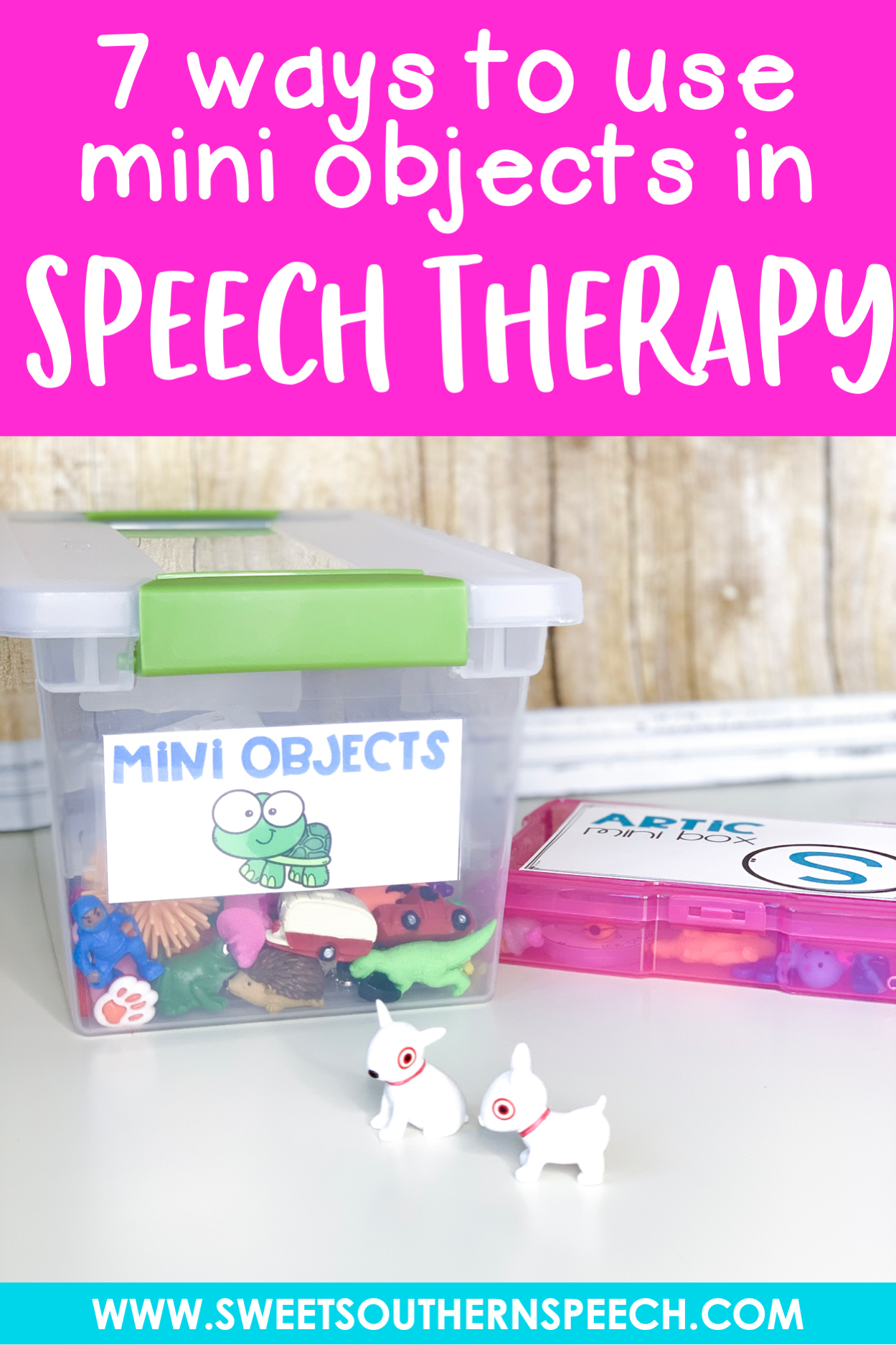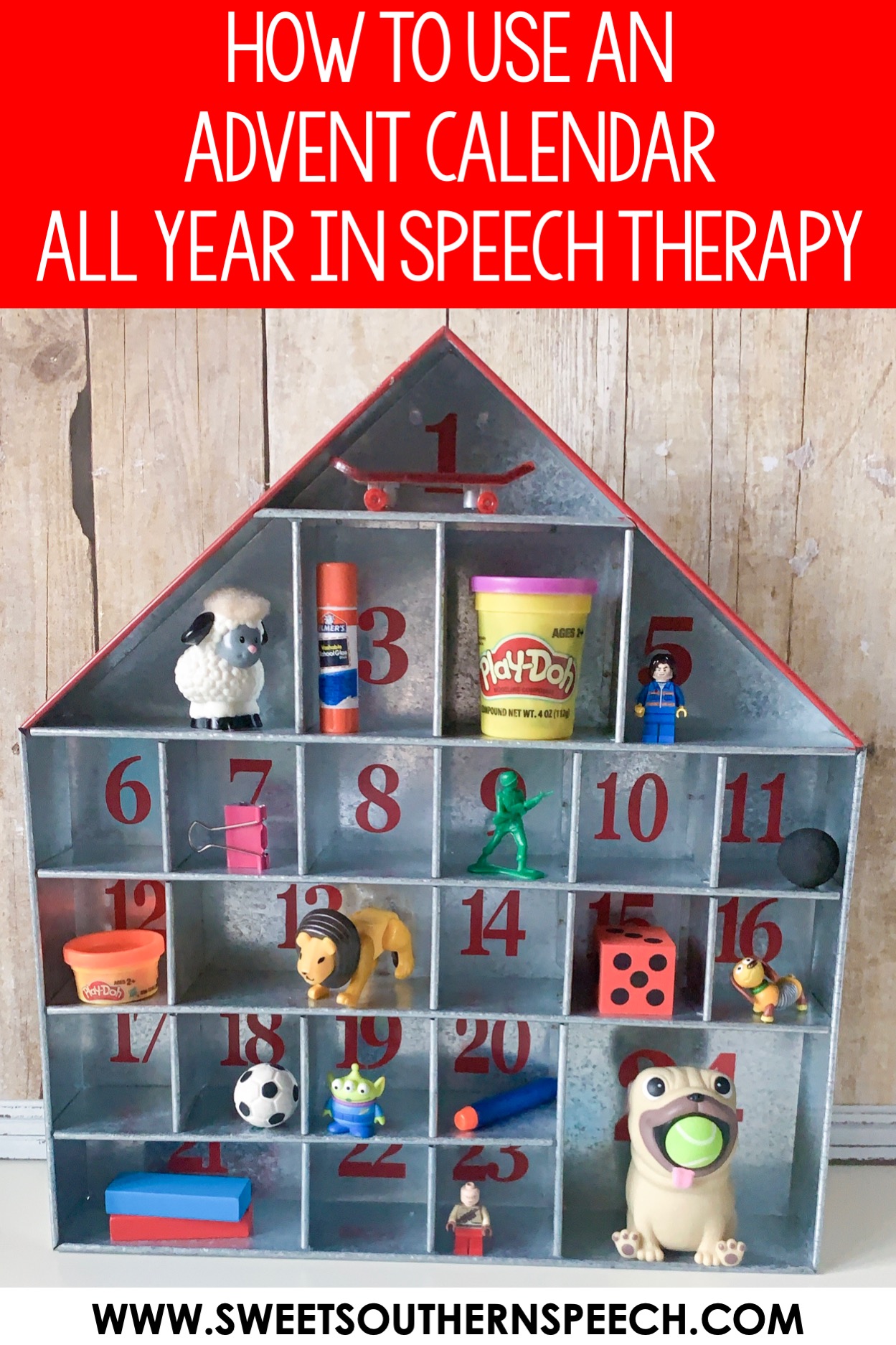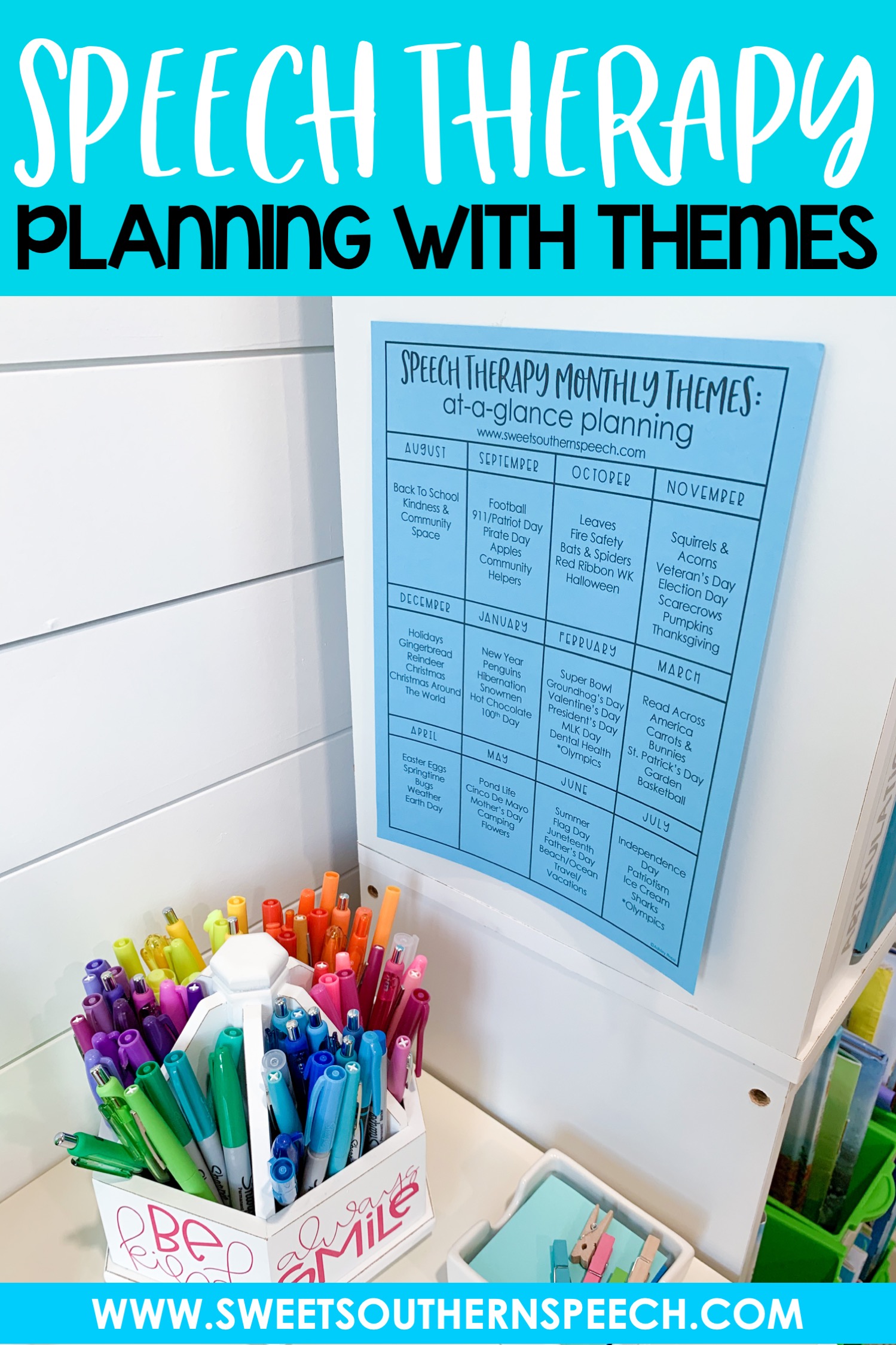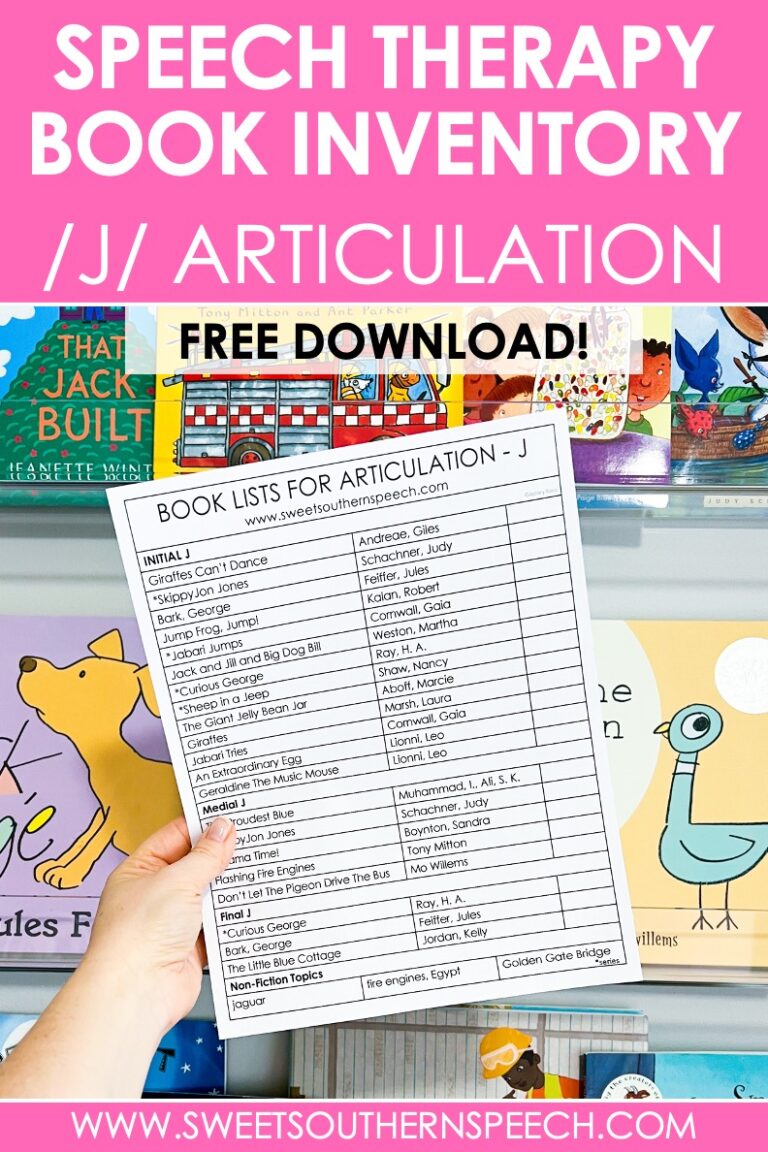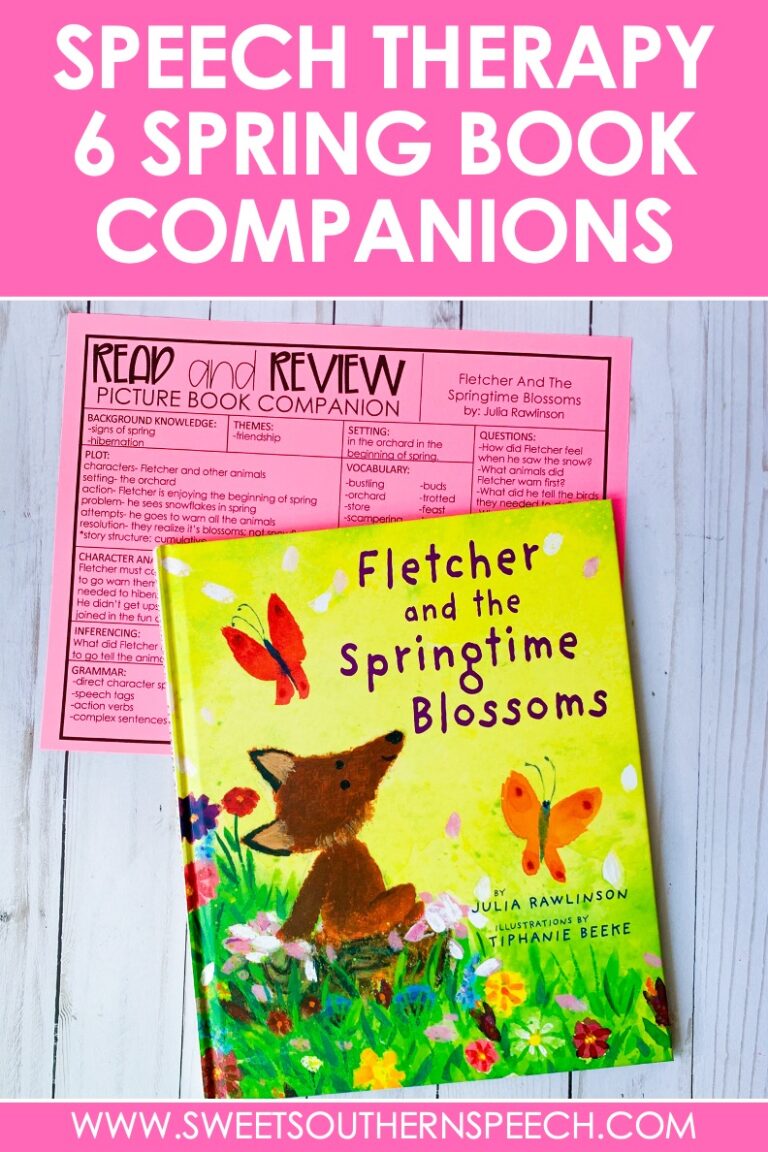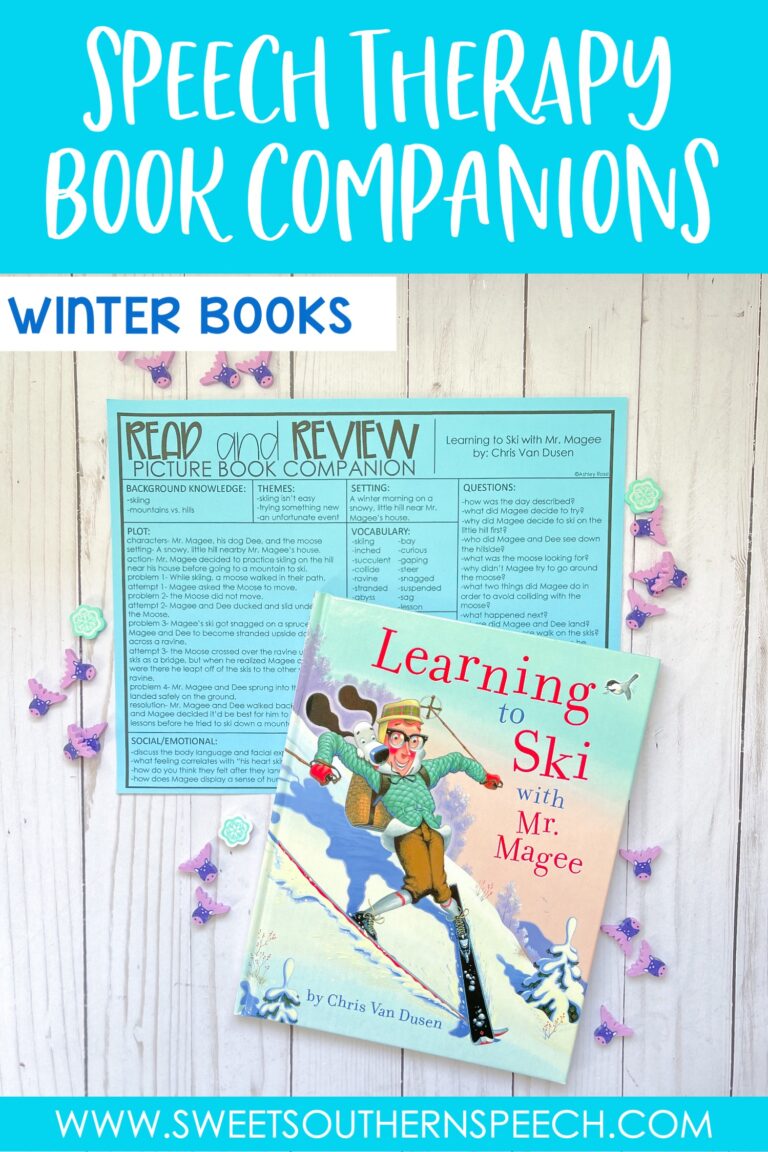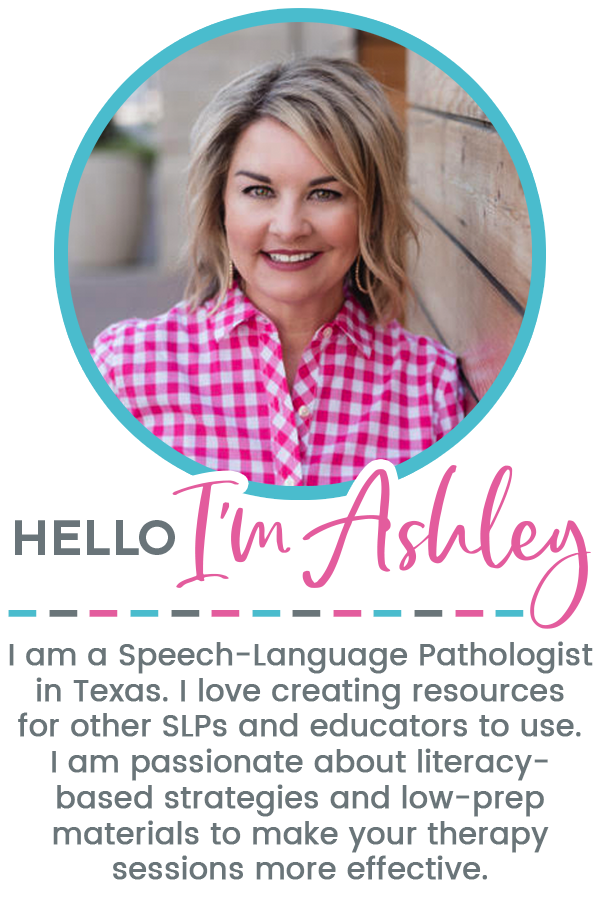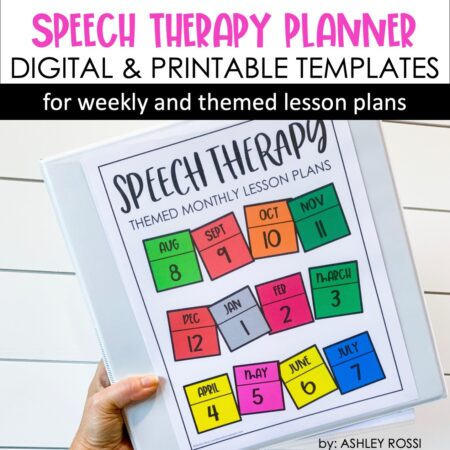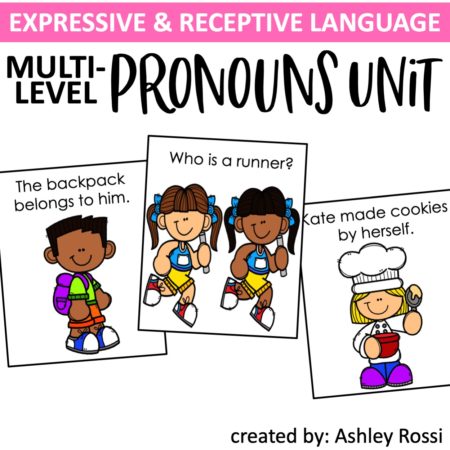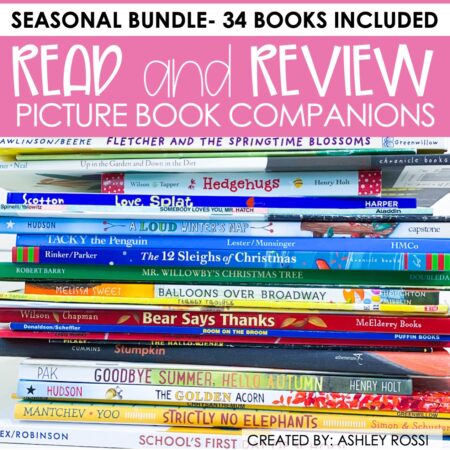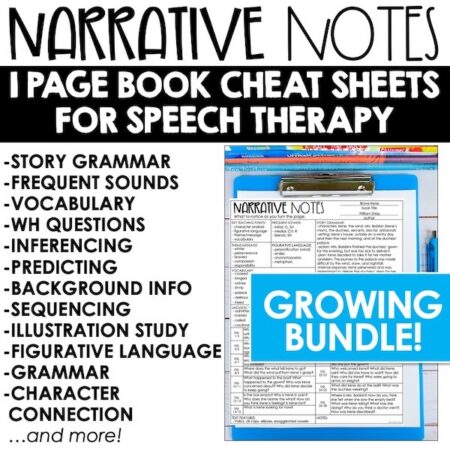As SLPs, we know there is extensive evidence that Phonological Awareness ability predicts reading and spelling success. One of the many ways we can facilitate strong phonological awareness skills is by reading and reciting nursery rhymes. This is especially critical during the toddler and preschool ages. Researchers concluded that knowledge of nursery rhymes enhances phonological awareness knowledge, which in turn is linked to success in reading and spelling. Nursery rhymes have been around for hundreds of years, we ALL grew up on them. You can easily incorporate them to and from speech therapy or as a warm-up with a group circle time. This is a great activity to pass along to parents as well for them to incorporate during car rides, bathtime, etc.
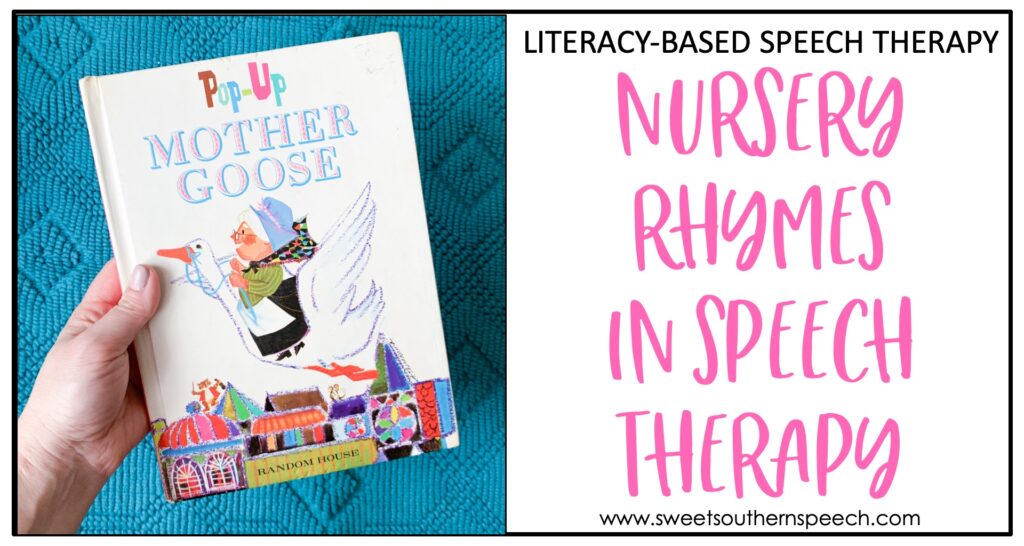
Research about Nursery Rhymes:
Results indicated that children’s knowledge of nursery rhymes at 3 years was strongly correlated with performance on rhyme detection at 4 years and with phoneme detection at 5 and 6 years of age. Rhyme detection performance at 4 years also strongly predicted reading and spelling performance at 5 and 6 years. Bryant et al. (1989)
Some of my favorite nursery rhymes are:
Jack and Jill
Little Miss Muffett
Humpty Dumpty
Hey Diddle Diddle
Hickory Dickory Dock
Muffin Man
Baa Baa Black Sheep
Jack Be Nimble
Mary Had A Little Lamb
The Cat And The Fiddle
London Bridge
This Old Man
Many nursery rhyme books are “collections” because many are just a few lines each. I have this Mother Goose Nursery Rhyme book and I also really like this Nursery Rhyme book from Amazon (affiliate links).
If you (or parents you are recommending to) are Amazon Prime members, you get Amazon music and can stream the Nursery Rhyme Parade! for FREE! I love it!
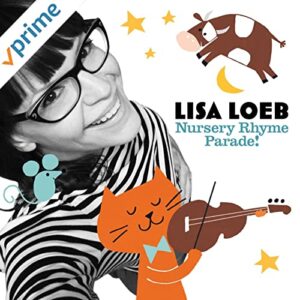
Other uses for nursery rhymes in Speech Therapy:
ARTICULATION: You can easily preview nursery rhymes to find speech sounds your student are working on. For instance: Hickory Dickory Dock, Hey Diddle Diddle, and Humpty Dumpty all have a high prevalence of /d/ sounds. Mary Had A Little Lamb, Little Miss Muffett, and Miss Mary Mack all have a prevalence of /m/ sounds.
APRAXIA: Nursery rhymes have an intrinsic rhythm to them and are ideal for kids with CAS.
VOCABULARY: I identified the following tier 2 words in the above nursery rhymes – great for vocabulary building: fiddle, pail, crown, bound, waterspout, etc.
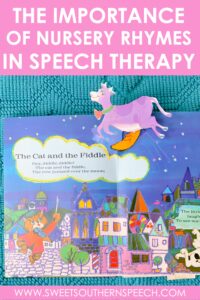
I hope you got some ideas on using nursery rhymes in speech therapy! I’d love to hear how you incorporate nursery rhymes into your speech therapy sessions!
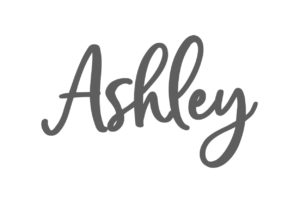
YOU MAY ALSO LIKE
-
Using Book Companions In Speech Therapy
Using Book Companions in Speech Therapy After many, many requests, I have finally created…
-
Pre-Reading Strategies for Comprehension
Strategies For Reading Comprehension Admittedly, as a young SLP I worked on reading comprehension like…
-
Speech Therapy To-Do List
FREE Speech Therapy to-do list I'm a list maker. I've got sticky notes everywhere and…
-
6 Thanksgiving Books For Speech Therapy
Thanksgiving themed books are fun in my Speech room. Here are some suggestions for my…
-
Using Mini Objects In Speech Therapy
How I Use Mini Object In Speech Therapy To me, mini objects are like books…
-
Using an Advent Calendar in Speech Therapy
How to use an advent calendar in speech therapy I ran across the galvanized advent…
